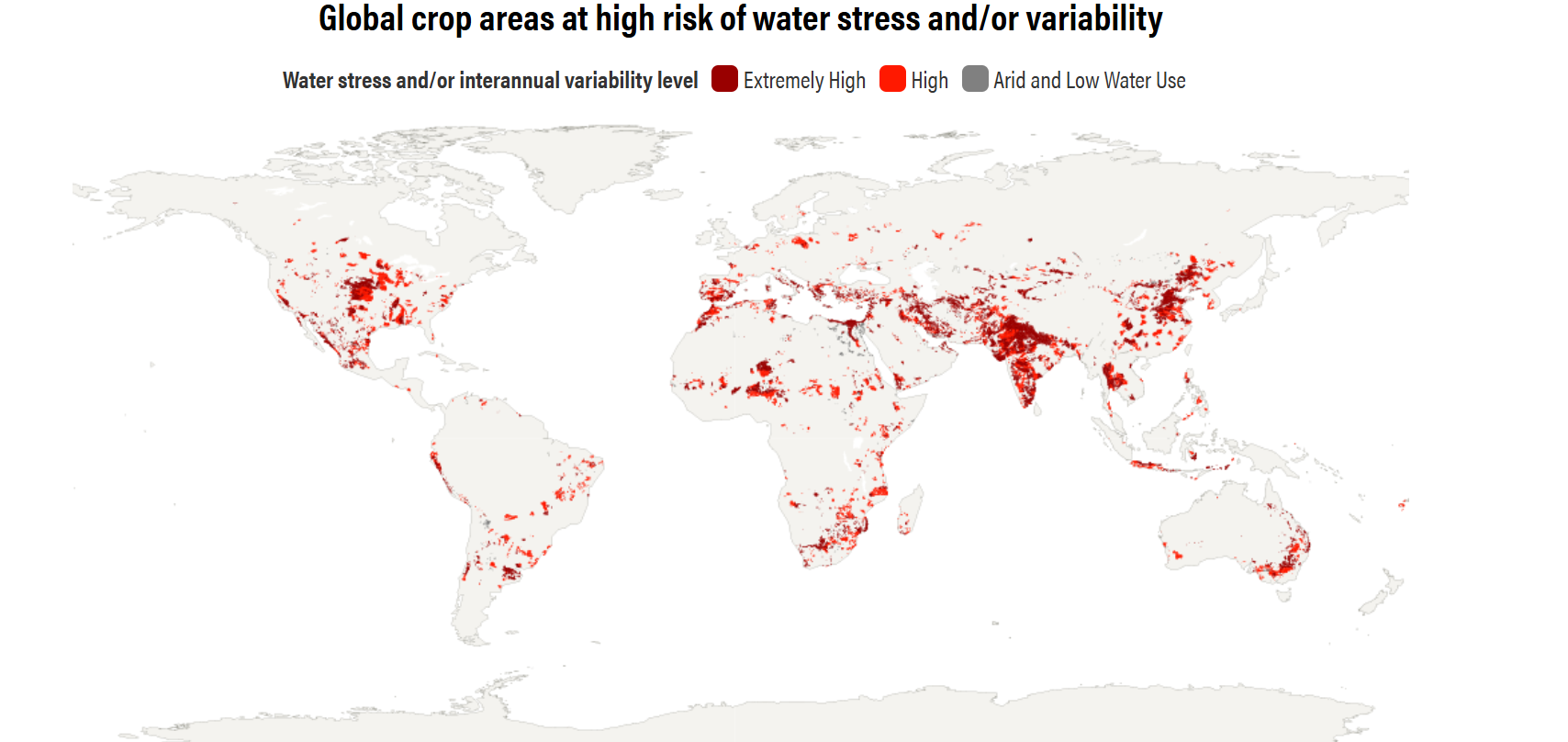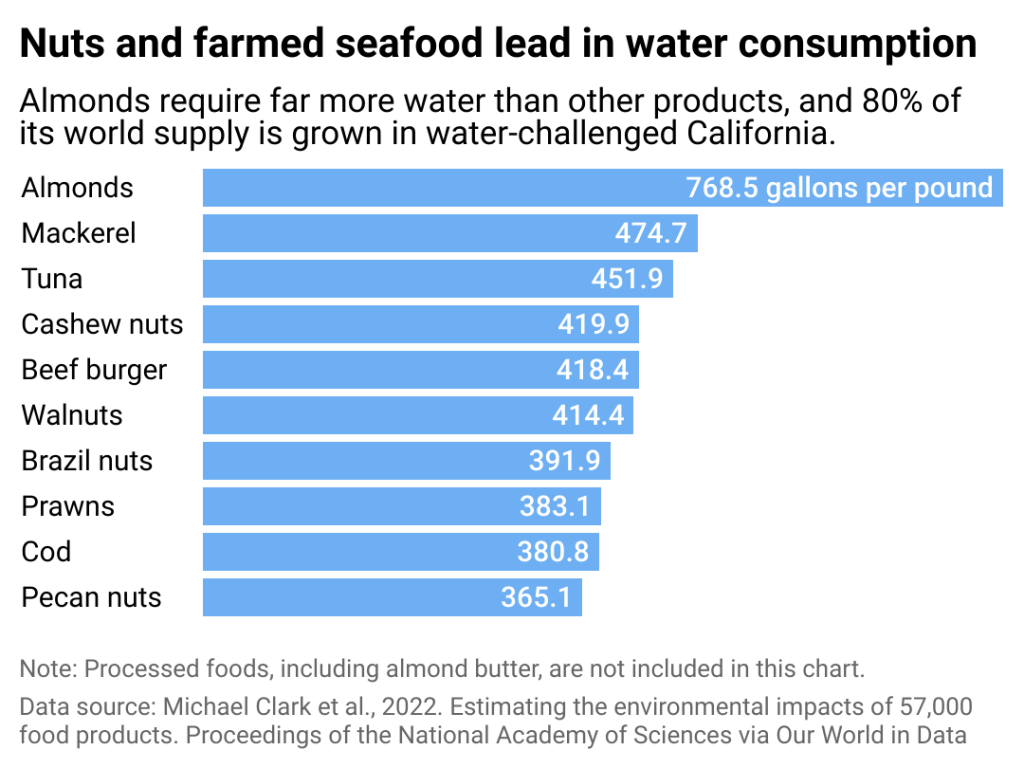Solutions to food security in areas where drought becomes a silent killer
The Silent Killer: How Drought Strikes the World’s Poorest- at least 1.84 Billion Lives Affected (UNCCD, 2023)
Drought threatens over a quarter of the world’s population by depleting water sources and driving forced migration, making it a silent but devastating danger to global stability and food security. It drives forced migration on a staggering scale: In 2022, 98% of the 32.6 million new disaster-related displacements were triggered by weather-related hazards, including storms, floods, and droughts (Migration Data Portal, 2023). These events disproportionately impact vulnerable communities, forcing millions to leave their homes in search of safety and resources (source)
Droughts in the Mediterranean region have led to significant agricultural, urban, and energy challenges. From 2016 to 2018, cereal crop yields suffered losses as high as 70%. (Casas et al., 2022).Urban areas faced severe water shortages, such as the water rationing imposed in Morocco in 2024. In fact, Morocco is among the world’s most water-scarce nations, with an annual water supply of just 620 cubic meters per person, already signaling structural water stress. This figure could drop below 500 cubic meters by 2030 due to population growth, rising economic demand, and climate change impacts, reaching absolute scarcity levels. Increasingly severe and prolonged droughts are further exacerbating rural vulnerability, threatening macroeconomic stability and national food security. (source)


Water intensive crop in areas suffering from drought is a real problem
Globally, irrigated agriculture accounts for the majority of freshwater consumption, but inadequate water supplies can severely hinder crop yields and reduce farm incomes. In the United States, this challenge has worsened in recent decades due to recurring droughts, climate change, and unsustainable water use practices, which have led to the drying of rivers and depletion of aquifers, further straining the balance between irrigation needs and freshwater availability. (source)
According to the data published by the World Economic Forum, the most water-intensive crops include:
Almonds and Walnuts: Producing 1 kg of almonds requires about 16,000 liters of water, making them among the most water-demanding crops. Walnuts also have high water requirements, particularly in regions like California, where they are grown extensively.
Rice: Growing rice demands approximately 2,500 liters of water per kilogram, largely due to its traditional cultivation in flooded paddies.
Sugarcane: Depending on the region, sugarcane can consume around 1,500-3,000 liters of water per kilogram.
Cotton: Producing 1 kg of cotton fiber can require up to 10,000 liters of water, heavily stressing water resources in major production regions.
Avocados: A single avocado may require around 320 liters of water to grow, translating to a significant footprint for larger harvests.


WHAt about the solutions?
Success stories emerging from the impossible, saving food security in the most arid places
The food and Agriculture Organisation of the United Nations (FAO) has launched the H2Grow program. The H2Grow initiative provides locally adaptable and affordable hydroponic solutions to vulnerable communities worldwide. The program enables the cultivation of fresh vegetables and animal food in challenging environments such as deserts, refugee camps, and informal urban settlements. This approach supports food-insecure families to increase their access to fresh and nutritious food using 90% less water and 75% less space. (Source) Hydroponics agriculture enables the fast growth of crop up to 100% speed in comparison with traditional farming.
H2Grow has positively impacted over 26,500 people across nine countries, with 800 active units established in schools, refugee camps, and urban informal settlements. At the core of the initiative is empowering farmers through inspiration and training, enabling them to replicate the solution independently and foster self-reliance.
By 2021, H2Grow had established a Global Community of Practice with representatives from over 55 organizations. The initiative supported the WFP Nigeria Country Office in constructing 193 new hydroponic units for animal feed, producing 40 tons of fresh feed.
In 2022, work began on 41 hydroponic units for Burundi’s homegrown school feeding programs. Once completed, these units are expected to provide nutritious, hydroponically grown food to an additional 41,000 schoolchildren.
By December 2022, the H2Grow project had expanded its reach to 21 countries, including recent additions such as Burundi, Ethiopia, Libya, Nigeria, Uganda, and Zimbabwe. The initiative gained global attention when it was showcased at COP27 in November 2022.
Success story from Zambia
The World Food Programme (WFP) has partnered with the Government of Zambia to establish 23 school-based greenhouses as part of a hydroponics pilot program. Each greenhouse accommodates around 2,000 plants, yielding approximately 1,300 kilograms of vegetables monthly. Over 400 teachers, parents, and students have been trained to manage and benefit from these systems.
In addition, schools are testing “grainy bag” cultivation, a method that uses plastic or fabric bags with small holes to improve drainage and oxygen flow. The soil is enriched with charcoal dust, an organic fertilizer that maintains soil pH levels and retains moisture, creating an ideal environment for crops to thrive. (Source) The schools generate an income from the vegetables harvested which is invested back in growing the hydroponic gardens.
David, a student at one of the schools included in the program commented on the results:
”Three weeks after planting, we had our first harvest in the school greenhouse,” says David. “I couldn’t believe it—plants used to take months to grow in the garden, and they would often dry up without rain. The vegetables tasted incredibly fresh.”

Hiba Sabbar, Pharm.D
Writer & Social impact consultant